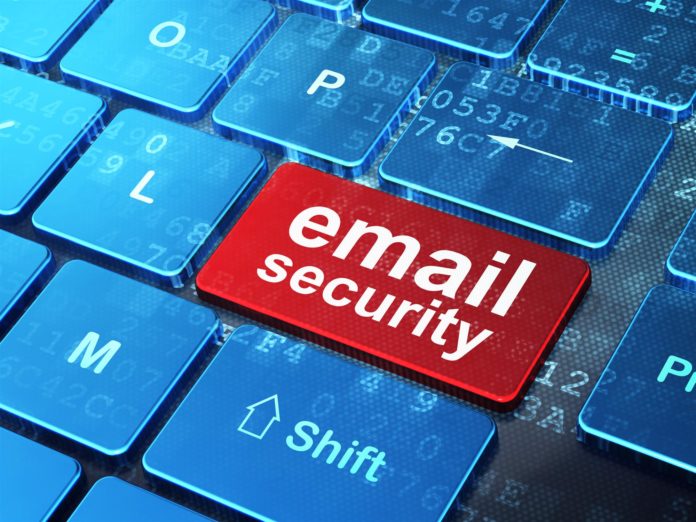
Email servers are a top target for cyber attackers. In order to find the protection you deserve, read this blog to learn some email security best practices.
Email is a very popular form of communication for millions of people. Email communication is vital for many businesses and many organizations wouldn’t know how to function properly without it. But as many emails contain confidential information, we must ensure that we are keeping these emails safe.
With cybersecurity threats haunting many organizations, staying protected is a top priority for many businesses. But as emails are a top target for many hackers, we live in a time where the threat landscape is very serious.
In this post, Los Angeles IT support expert, Holden Watne from GenerationIX discusses a few common email security risks, including some of the leading email security options on the market today.
Common Security Risks
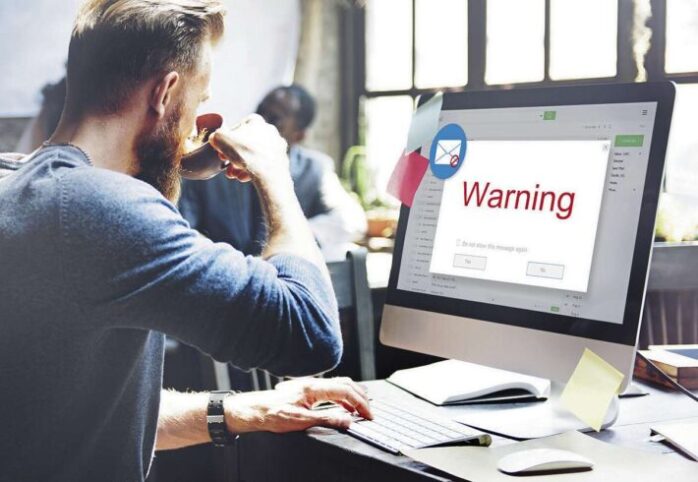
Given that sensitive information is constantly sent via email, this poses some serious security risks. Keep reading to learn about some of the more common risks we deal with today.
Flooding
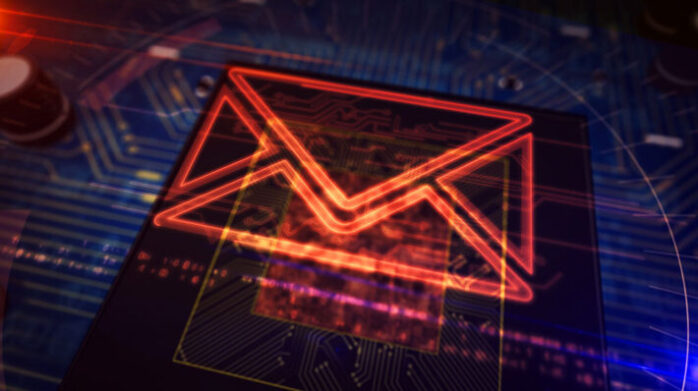
Flooding is when numerous emails are sent to an email server. Flooding is a type of denial of service attack, and these emails can cause many disruptions for email systems. Using this approach, the attacker can easily create a program that sends millions of emails to a single email server. If the system doesn’t have adequate security, then the server may experience a denial of service. This occurs because all of the resources of the server are busy processing the influx of emails.
Mass Mailing
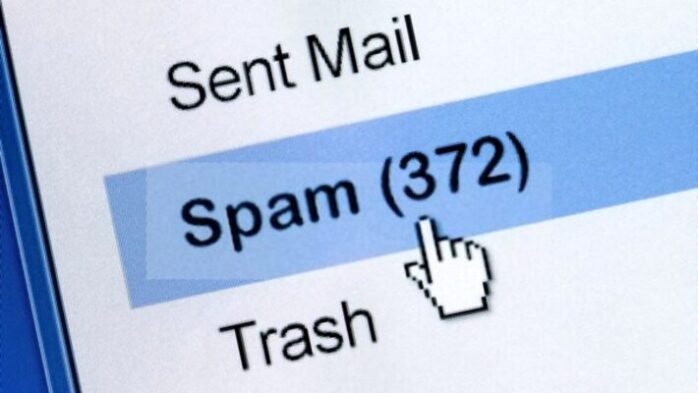
Mass mailing is commonly called spam, and it involves the same email being sent to a large number of recipients. This is another common type of attack used by hackers and these security breaches are becoming very popular. This is mostly due to the fact that there has been a large increase in the amount of electronic commerce over the web. This eCommerce increase has caused an invasion of unsolicited commercial emails. When emails are sent, they pass through multiple systems before getting to their destination. If the email isn’t encrypted, then any hacker is able to read it before it reaches its final location.
Protection Options
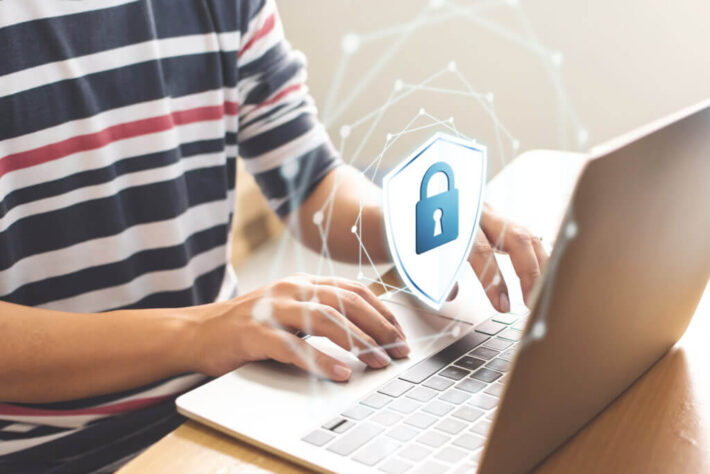
As hackers have become more sophisticated, so too has our defenses. Keep reading to learn a few best practices for keeping your emails safe.
Email servers typically have security measures available, but they must be configured properly. This is especially true for protection against flooding and mass mailing. If you take a look at many of your servicer applications, they will typically have methods for fighting such attacks. Another tip is to work with your internet service provider (IPS) to ensure that the server is equipped with the right level of protection.
Use a Strong Password
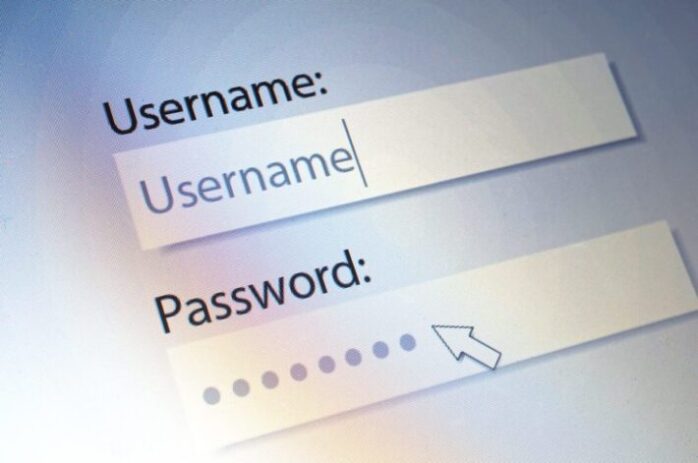
This tactic may sound simple, but you’d be surprised at how often this is overlooked. In the world today, we have passwords for many different systems. That being said, it’s easy to use a simple password for fast and easy access. However, this can pose a huge security risk for your email server. To provide a high level of protection, be sure to use a strong password that is impossible to guess. Also, make sure to never use your name, phone number, or address in your password as these are simple to guess for any hacker. Using a strong password can help to protect your confidential information.
Use Caution with Attachments
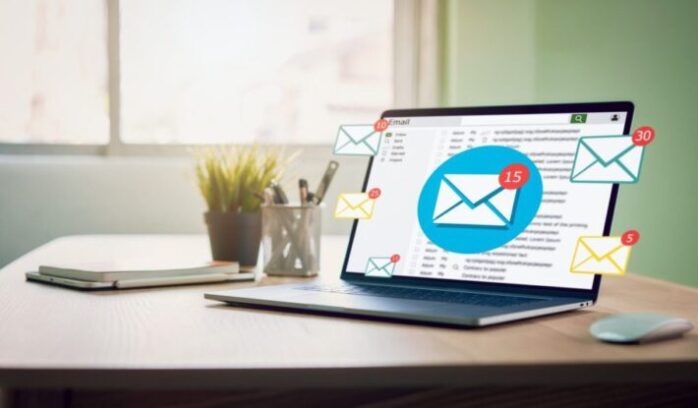
A common tactic used by hackers is to send unwanted emails with unknown attachments. Dangerous links, viruses, and malware are typically hidden behind these types of attachments. To offer protection, you can run a virus and malware scan to determine the legitimacy of the attachments. However, it’s important to note that harmful attachments can come in various types of formats, so be sure to never open unfamiliar attachments and always be very cautious when using your email account.
Utilize Virus and Malware Scans
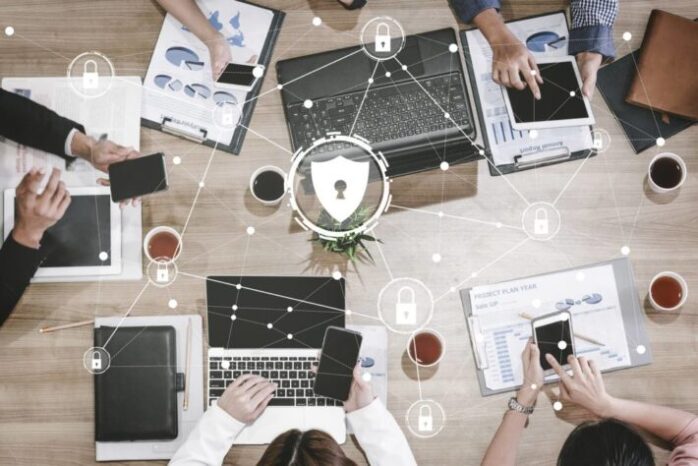
Luckily, malware and virus scan technology have become very advanced in the world today. That being said, these scans should be used as a strong line of defense when trying to find protection from cyberattacks. Given that many unsafe links and email attachments are hidden very intricately, virus and malware scans can help to detect these with ease. Here are some of the leading malware and virus scanners available today:
- McAfee Total Protection
- Kaspersky Anti-Virus
- Bitdefender Total Security
- Check Point ZoneAlarm Anti-Ransomware
By utilizing one of these options, you can put up a strong wall of defense and prevent a serious cyberattack.






